I remember going to the bookstore years ago without a booklist. I didn’t have any title or book in mind, but I knew that I wanted something different… something that would be out-of-this-world good. And boy, did I find a gem in Navigating Early! Clare Vanderpool doesn’t just write… she crafts magically mesmerizing stories that just leave your heart so very full. She won the Newbery Medal for her debut, Moon Over Manifest, but Navigating Early is my favourite.
It is post-World War 2 and we meet Jack, who has been sent to a military boarding school in Maine. He and his father are still stunned from the death of his mother and clearly, neither has grieved properly. Adrift, Jack struggles to fit in and meets Early, a savant, who is an outsider, just like him. The two form a connection for Early also understands loss – his father has recently passed away and his brother, Fisher, is presumed dead from the war.
Early is a strange one – he listens to certain records only on certain days (if it’s raining, it’s always Billie Holiday), is obsessed with the Great Appalachian Bear and the number pi and is convinced that his brother is still alive. Early sees the numbers in pi as a story and it is reminiscent of the legend of Polaris and the Ursa Major constellation. According to Early, Polaris, whose mother calls him by the name “Pi”, wanders and gets lost among the stars. Early believes a similar fate has befallen his brother and resolves to locate him. Since pi is infinite, then Polaris/Fisher cannot possibly be dead.
As Jack and Early go on an odyssey in search of the great black bear, they encounter myriad characters – pirates, a damsel in distress, a bereft old woman waiting for her son, a lonely woodsman who harbours a deep longing and hurt, among others. Early continues to recount Pi’s saga as they journey and reality and fiction parallel each other. Boundaries begin to blur – like Jack, we start out thinking that Early is making up the story as he goes along. However, in a strange and surreal way, it is evident that he is really just retelling what he sees in the numbers.
I won’t say more except this: you have to experience this exquisite puzzle of a book for yourself. This is a story of adventure, friendship, discovery, redemption and transformation. Some have said that Navigating Early is a book that adults love and buy for their children, but that the kids themselves would not want to read. I completely disagree with this. You can see that my copy is now quite battered thanks to my daughter and her friends reading and rereading it.
Yes, you do need to really focus to weave through the different strands, but this book just pulls you in so you have little choice in the matter anyway! You MUST check it out!
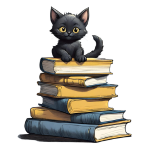
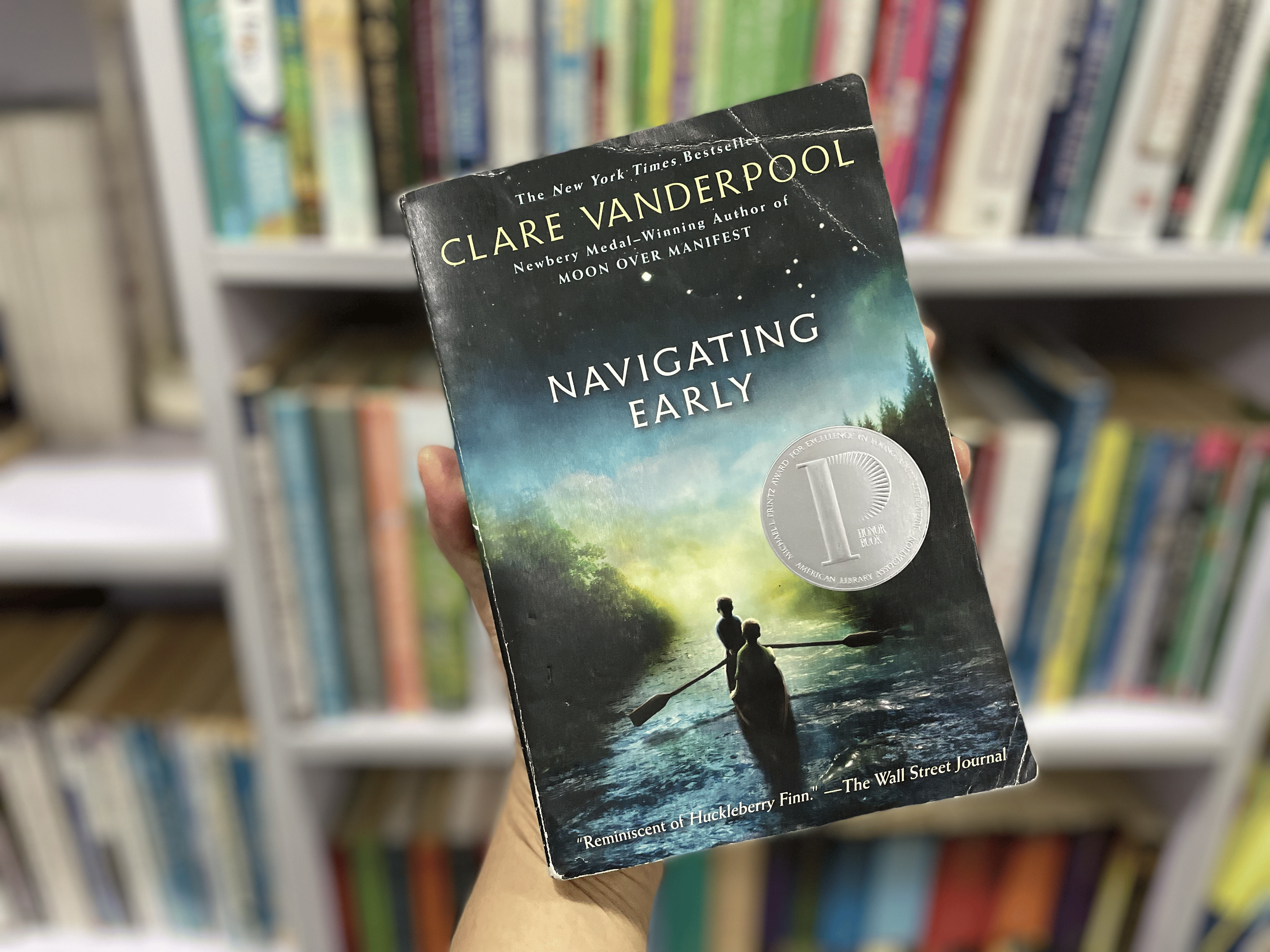

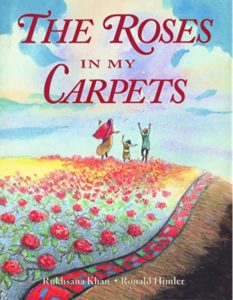 I personally love this book – Ronald Himmler’s illustrations are always beautiful and in this case, he has sensitively captured the grief and quiet dignity of the family. [You might recognize his work in Sadako and the Thousand Paper Cranes, Rudy’s Pond, Fly Away Home and The Well.] The contrast between the muddy walls and vibrant carpets bring home the themes of strife and hope.
I personally love this book – Ronald Himmler’s illustrations are always beautiful and in this case, he has sensitively captured the grief and quiet dignity of the family. [You might recognize his work in Sadako and the Thousand Paper Cranes, Rudy’s Pond, Fly Away Home and The Well.] The contrast between the muddy walls and vibrant carpets bring home the themes of strife and hope.
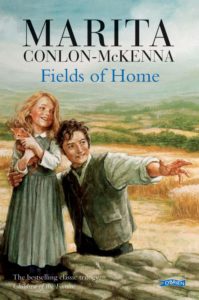 Peggy, meanwhile in Boston, is acutely lonely – she is trapped in drudgery and her two friends are moving on. Kitty, her fellow maid, has moved on to serve in another house and Sarah, her beloved friend is moving West to better her health and prospects. James, Sarah’s brother, proposes to Peggy and asks her to come along. Despite her dire circumstances, Peggy is unwilling to settle and wants a true soul mate.
Peggy, meanwhile in Boston, is acutely lonely – she is trapped in drudgery and her two friends are moving on. Kitty, her fellow maid, has moved on to serve in another house and Sarah, her beloved friend is moving West to better her health and prospects. James, Sarah’s brother, proposes to Peggy and asks her to come along. Despite her dire circumstances, Peggy is unwilling to settle and wants a true soul mate.
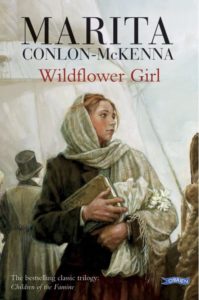 Peggy braves horrifying conditions on the month-long journey across the Atlantic. The poor passengers endure sea-sickness, cabin fever and wretchedly awful meals. Peggy survives this ordeal with the help of a friend, Sarah.
Peggy braves horrifying conditions on the month-long journey across the Atlantic. The poor passengers endure sea-sickness, cabin fever and wretchedly awful meals. Peggy survives this ordeal with the help of a friend, Sarah.
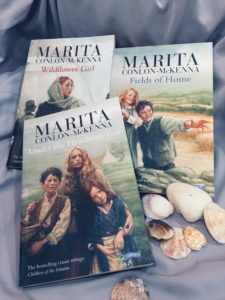 Armed with nothing but courage and love, they embark on a perilous journey across Ireland to find their great-aunts, Nano and Lena, whom they have only heard about in their mother’s stories. The children sleep in the open and forage for food in the wild and in the farms of dead tenants. They are confronted with death at every turn. They see bodies of those who died with no one to mourn or pray over them and they see the living dead – those so traumatised that they are but shells of their former selves.
Armed with nothing but courage and love, they embark on a perilous journey across Ireland to find their great-aunts, Nano and Lena, whom they have only heard about in their mother’s stories. The children sleep in the open and forage for food in the wild and in the farms of dead tenants. They are confronted with death at every turn. They see bodies of those who died with no one to mourn or pray over them and they see the living dead – those so traumatised that they are but shells of their former selves.